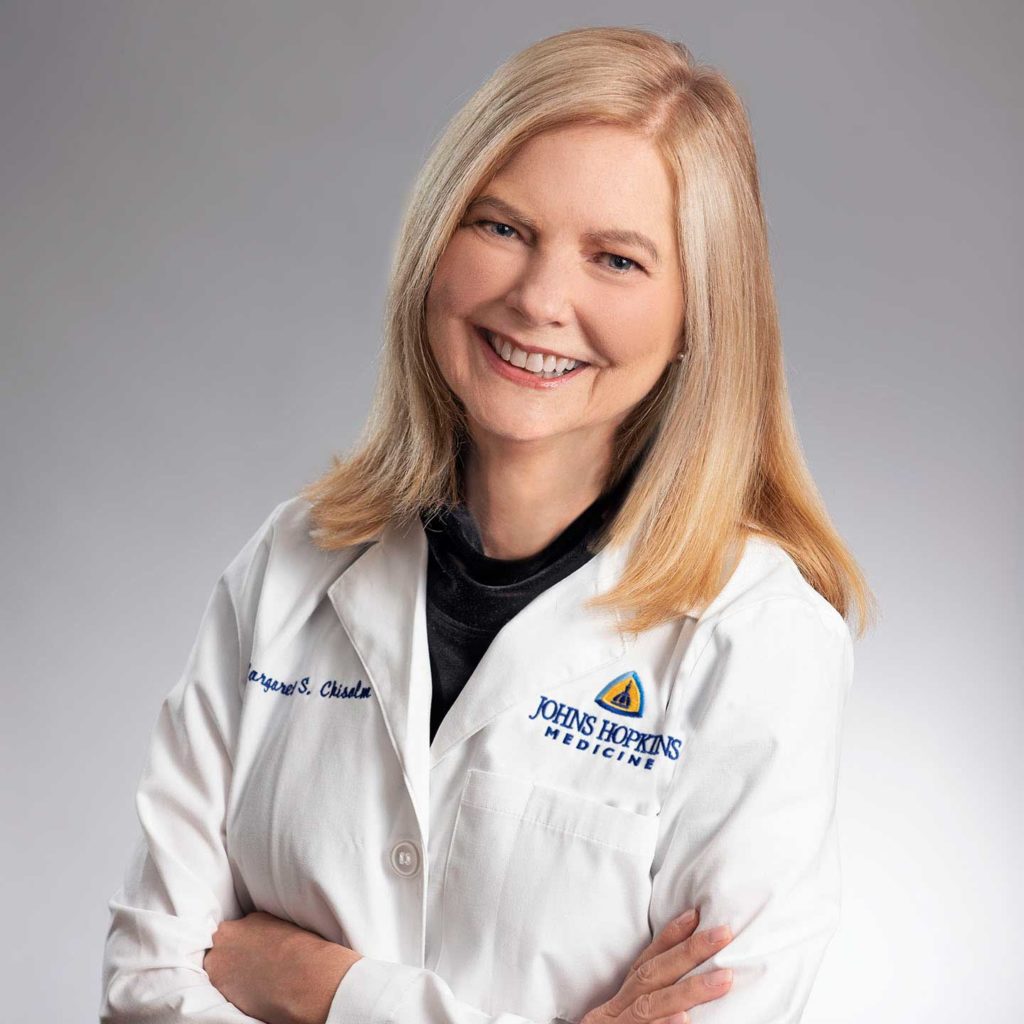Takeaway
Using both words and images, John Berger and Jean Mohr's photo-essay, "A Fortunate Man," provides an intimate glimpse into the role of the doctor: "To cure sometimes, to relieve often, and to comfort always."

Lifelong Learning in Clinical Excellence | March 5, 2019 | 3 min read
By Margaret Chisolm, MD, Johns Hopkins Medicine
Nearly 40 years have passed since I started my journey towards becoming a physician, a decision based almost entirely upon reading John Berger and Jean Mohr’s classic, “A Fortunate Man: The Story of a Country Doctor“ (1967). Looking back, I have no regrets and—although my understanding of what it means to be a doctor has deepened—the core values of the profession, for me, have not changed. However, what has changed is my understanding of John Sassall, “A Fortunate Man’s” central character.
Revelation Number 1
I learned that Sassall was a pseudonym invented by Berger for John Eskell. This surprised me, as the authors otherwise made no attempt to de-identify Eskell. It is a photo-essay; there are photographs of the man, for goodness sake.
Revelation Number 2
A few months ago, I reread “A Fortunate Man.” Reading it from the perspective of a psychiatrist was a startling experience. How could I have glossed over the obvious fact that Eskell was in the midst of a severe depressive episode? Eskell himself acknowledges his feelings of depression and his self-criticism is relentless. Perhaps I fell into the “trap of meaning,” believing Eskell’s own explanation for the origin of his symptoms. In the book, he attributes his depression to being overworked trying to care for many suffering patients and his own feelings of inadequacy in doing so. When I first read the book, I guess I believed his plausible explanation and took it as causal. Now I see Eskell blaming himself for his disease of depression as a symptom of his depression, a disturbing cognitive distortion.
Revelation Number 3
Eskell may also have applied such meaningful explanations to his patients’ biological illnesses, as suggested by Polly Toynbee, the daughter of Phillip Toynbee, a writer and prominent journalist, who was a patient and friend of Eskell. Although Ms. Toynbee agrees with Berger and Mohr’s portrait of Eskell as a caring physician, she alleges that Eskell misattributed her father’s cancer symptoms to psychological causes, delaying the diagnosis and treatment of his ultimately fatal disease. The elder Toynbee also criticized Berger, specifically for excluding Eskell’s wife from the story, an omission made even more striking by . . .
Revelation Number 4
After his wife died in 1981, Eskell gave up his general practice and a year later took his own life. Eskell’s suicide deeply pains me. He was my inspiration to pursue this great profession. His suicide reminds me of other physician friends who have taken their own lives. A tragic outcome for a treatable disease, suicide disproportionately affects male physicians (for whom suicide rate is 1.41 times higher than the general male population) and female physicians (for whom the relative risk is 2.27).
Ultimately none of these revelations diminishes the power of Berger and Mohr’s book for me. “A Fortunate Man”may not be the “true” story I thought it was, and it certainly does not have a storybook ending, but like other great works of art—whether true or untrue; happy or sad—it illuminates certain truths. “A Fortunate Man” helps me understand what it means to be human and what it means to be a physician. And for that I remain grateful to Berger, Mohr, and Eskell.
“‘He is the best listener I know….He listens to everyone…no matter what their station in life….He is as interested in a peasant as he is in an intellectual. He always wants to be very accurate in his replies to any question you put to him. He pauses for a long time and eventually comes out with a very definite answer, which is strictly truthful. He is never afraid of saying that he doesn’t know or doesn’t understand.’”
This piece expresses the views solely of the author. It does not necessarily represent the views of any organization, including Johns Hopkins Medicine.

